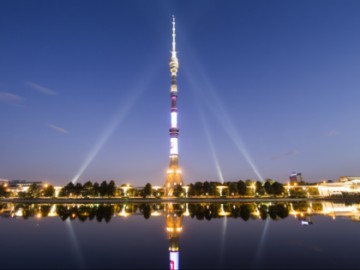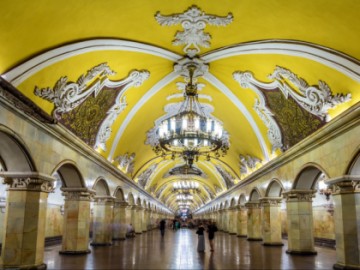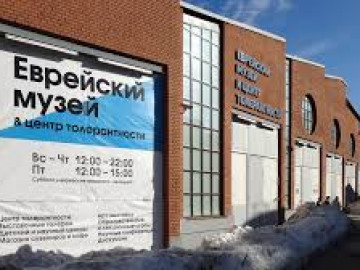Ostankino Palace and Museum
The Ostankino Palace and Museum is first and foremost the Ostankino Palace which belonged to Count Sheremetev. It was built in the XVIII century on the site of an old boyar manor house with a pond. The Church of the Life-Giving Trinity of the 17th century stood nearby. Here is preserved a theatre with dressing rooms, auditorium, ornately decorated foyer and unique mechanical machinery that allows to quickly changing scenery on the stage. It was the only one such theatre in Russia and one of the few such theatres in Europe of the end of the 18th century. The troupe of this manor theater was personally assembled by Sheremetev from among the peasant serf. In particular, the famous serf actress Praskovya Zhemchugova, who later became the wife of Count Sheremetev, performed here. In 1919 the Ostankino estate was nationalized and turned into a museum.
In addition to its amazing architecture the wooden palace of Ostankino in the style of Russian classicism has preserved the interior and decoration in its original form. Almost everything is impressive here: from a set of parquet and murals of plafonds to carved decor, crystal chandeliers and stucco moldings. The main foyer served as a kind of an art gallery, where even today one can see masterpieces of West European painting, graphics, sculptures of the 18th century. The palace borders the pleasure garden with an alley of old oak, linden and elm trees up to 200 years old. The domes of the Church of the Life-Giving Trinity of red bricks with a decor of multi-colored tiles are reflected in the black surface of the pond. Inside the church you need to look at the beautiful iconostasis of the 17th century. Since 2013 the entire complex of Ostankino manor has been on restoration. It is expected that the restoration work will continue till 2020.




































